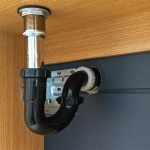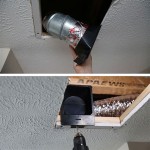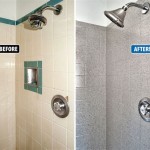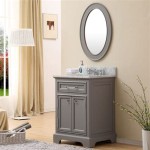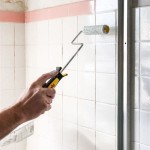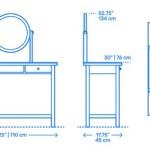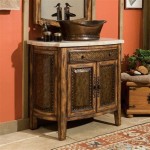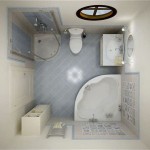How To Build Floating Bathroom Vanity: Essential Aspects
Creating a floating bathroom vanity is an excellent way to add a modern and stylish touch to your bathroom. However, building one requires careful planning and execution to ensure it is both functional and aesthetically pleasing. This article will delve into the essential aspects of constructing a floating bathroom vanity, providing a comprehensive guide for DIY enthusiasts.
To understand the essential aspects of building a floating bathroom vanity, we must first identify the part of speech of the keyword. "How To Build Floating Bathroom Vanity" is a verb phrase, indicating a process or action. This implies that the essential aspects will focus on the steps and techniques involved in constructing the vanity.
1. Planning and Design
The first step is to determine the size, shape, and style of the vanity that best suits your bathroom space and preferences. Consider the available storage needs, the height of the countertop, and the placement of the sink and faucet. Sketch out a design plan to visualize the layout and ensure all components fit together harmoniously.
2. Materials Selection
Choosing durable and moisture-resistant materials is crucial for a long-lasting vanity. Plywood, MDF, or solid wood are excellent options for the cabinet body, while quartz, granite, or solid surface materials are ideal for the countertop. Ensure the materials are treated or sealed to withstand moisture and humidity.
3. Cabinet Construction
Begin by cutting the cabinet body pieces according to your design plan. Assemble the cabinet using wood screws or pocket holes, ensuring it is sturdy and square. Install drawer slides and door hinges for functionality. Consider using soft-close mechanisms for a smooth and quiet operation.
4. Countertop Installation
Place the countertop on top of the cabinet and secure it using countertop adhesive and support brackets. Cut out the sink hole and faucet holes as per the manufacturer's instructions. Seal the edges of the countertop to prevent water damage.
5. Wall Mounting
Floating vanities are mounted to the wall using concealed brackets. Install the brackets on the wall studs and attach the cabinet to the brackets using screws. Ensure the vanity is securely fastened and level.
6. Finishing Touches
Complete the vanity by installing the sink, faucet, and any additional hardware such as knobs or handles. Apply a protective finish, such as paint or stain, to protect the wood and enhance its appearance.
Conclusion
Building a floating bathroom vanity requires careful attention to planning, material selection, and construction techniques. By following the essential aspects outlined in this article, you can create a functional and stylish vanity that will enhance the aesthetics and functionality of your bathroom.

Diy Floating Bathroom Vanity Remodelando La Casa

Diy Floating Bathroom Vanity Remodelando La Casa

How To Make A Wood Floating Vanity Construction2style

How To Diy Your Own Floating Vanity Kristina Lynne

How To Diy Your Own Floating Vanity Kristina Lynne

How To Build A Diy Modern Floating Vanity Or Tv Console

Diy Floating Wood Vanity Step By Infarrantly Creative

Diy Bathroom Floating Vanity With Drawers Hydrangea Treehouse

Home Dzine Bathrooms Make A Floating Bathroom Vanity

Floating Vanity Diy Modern Bathroom Decor
Related Posts
